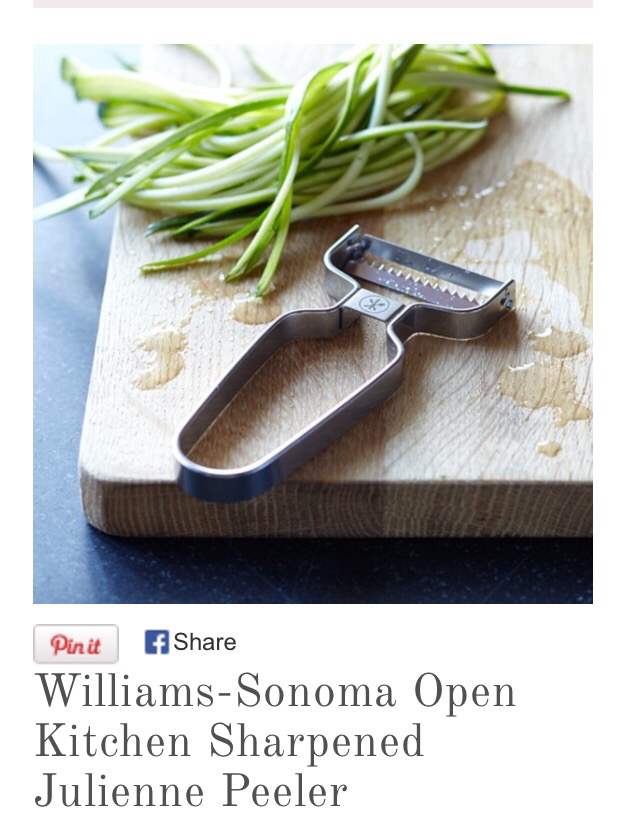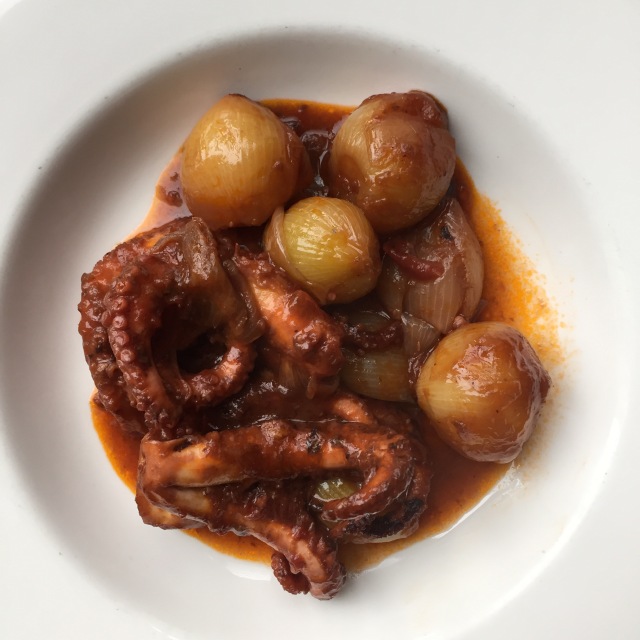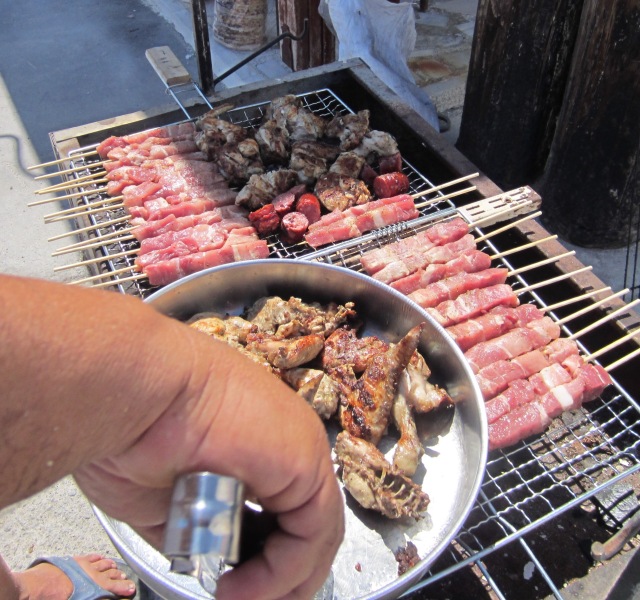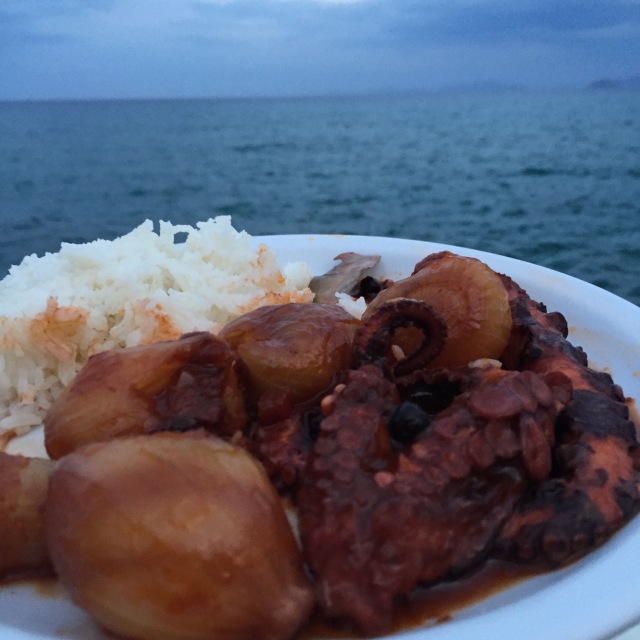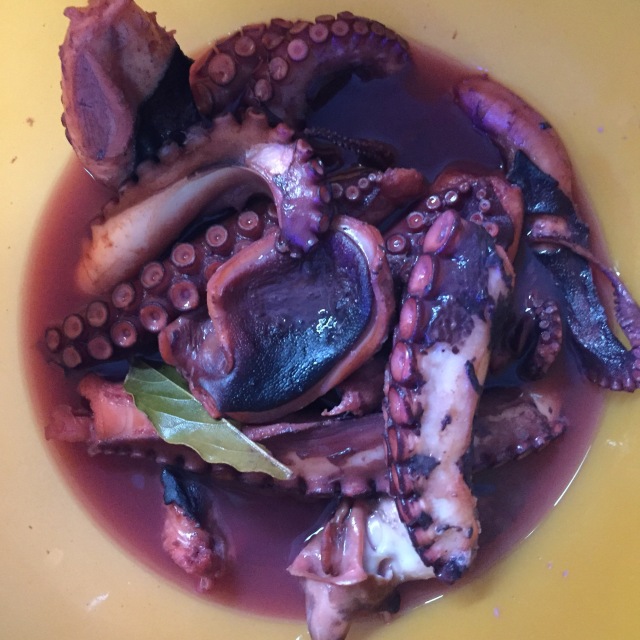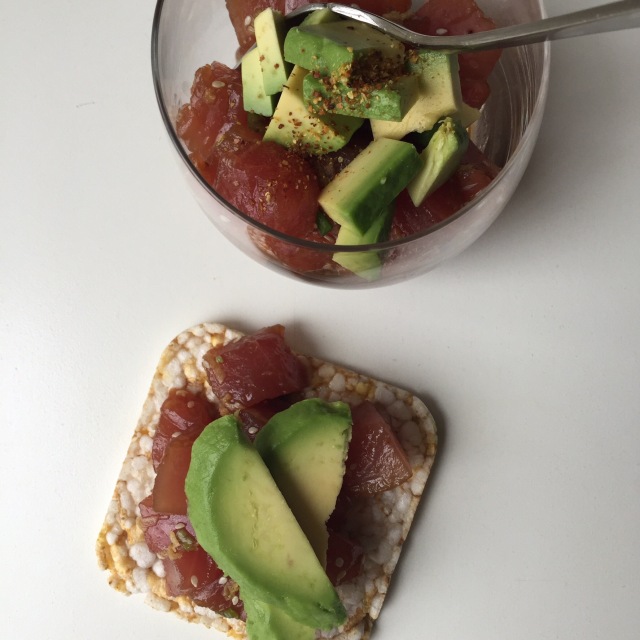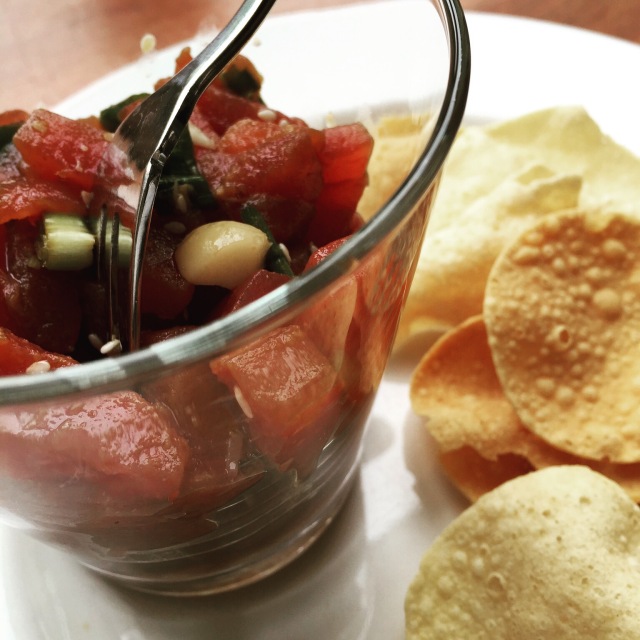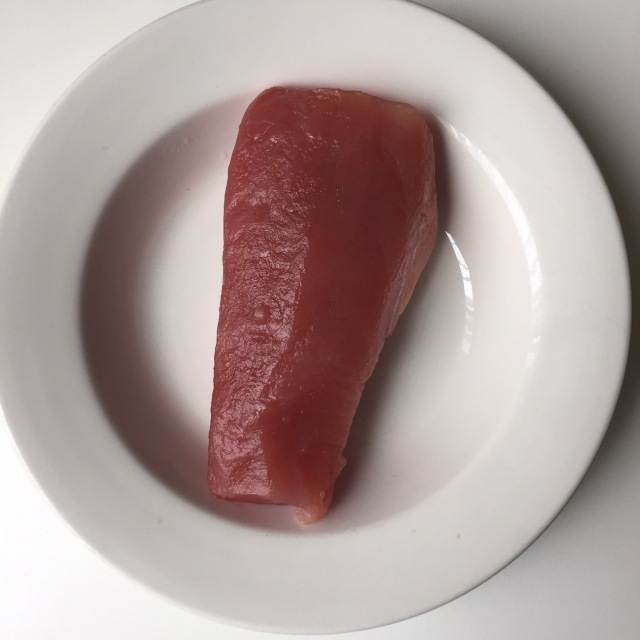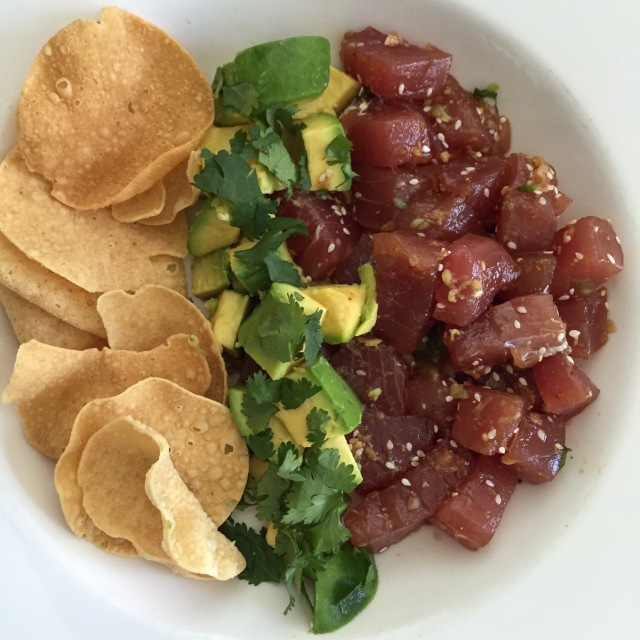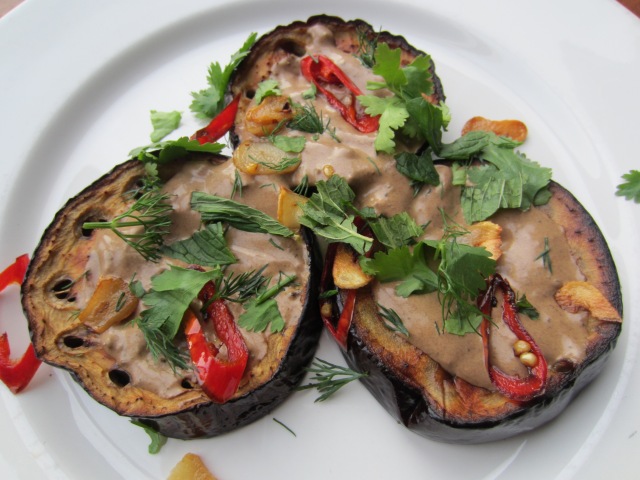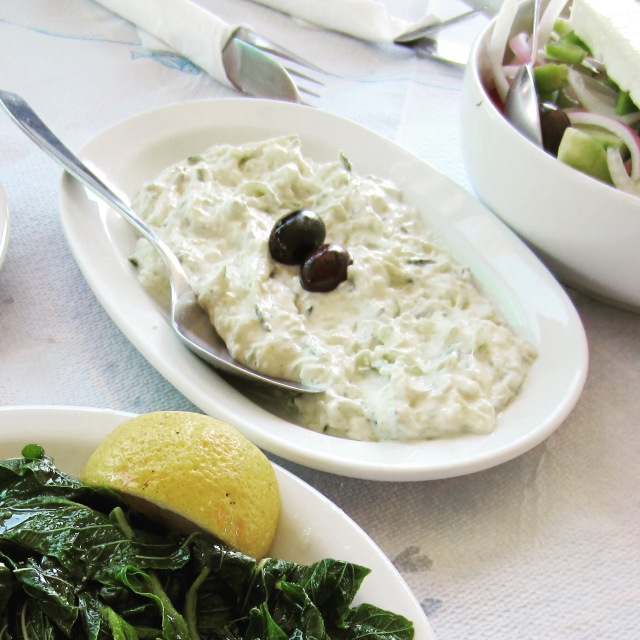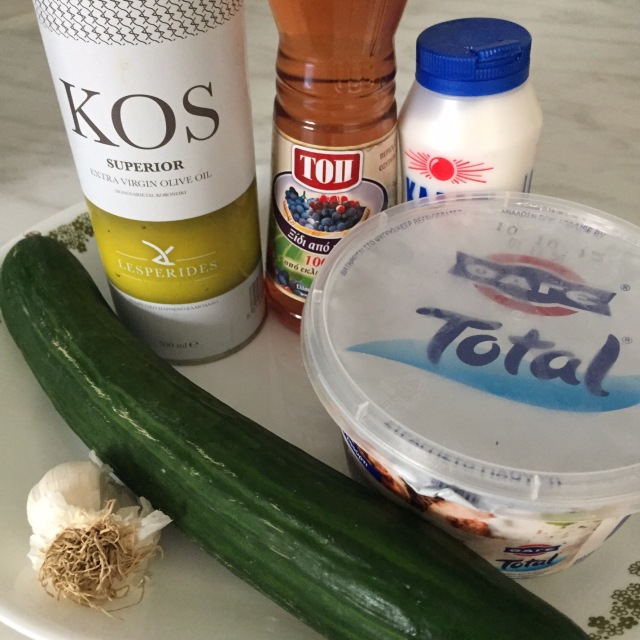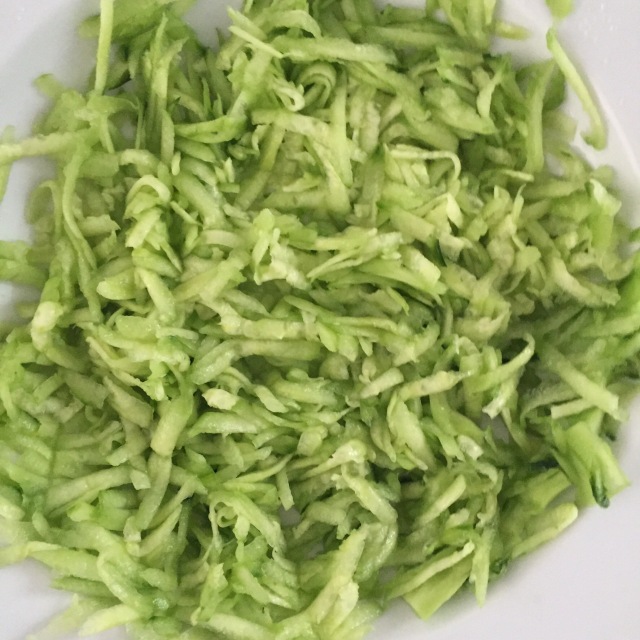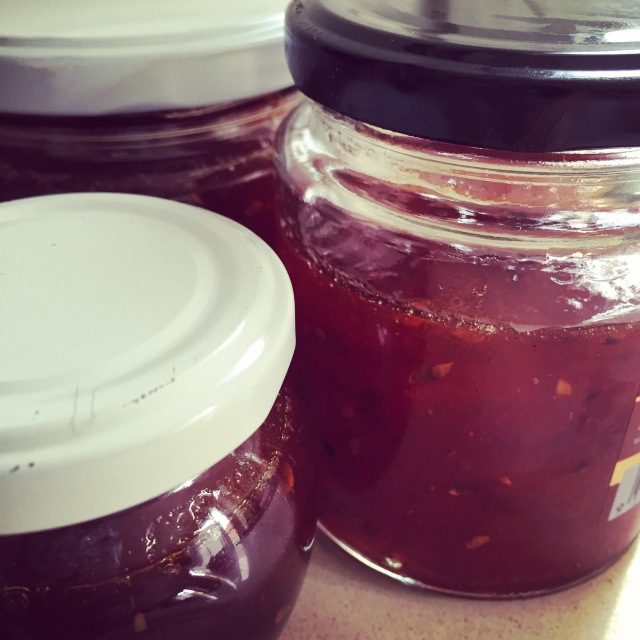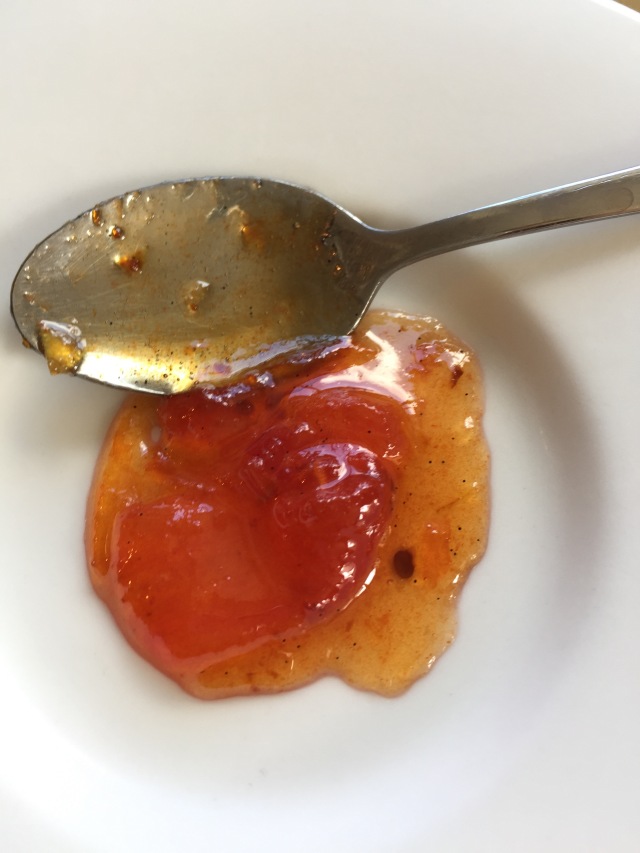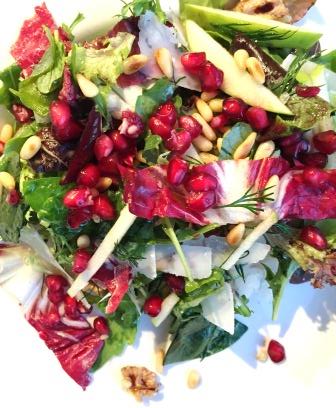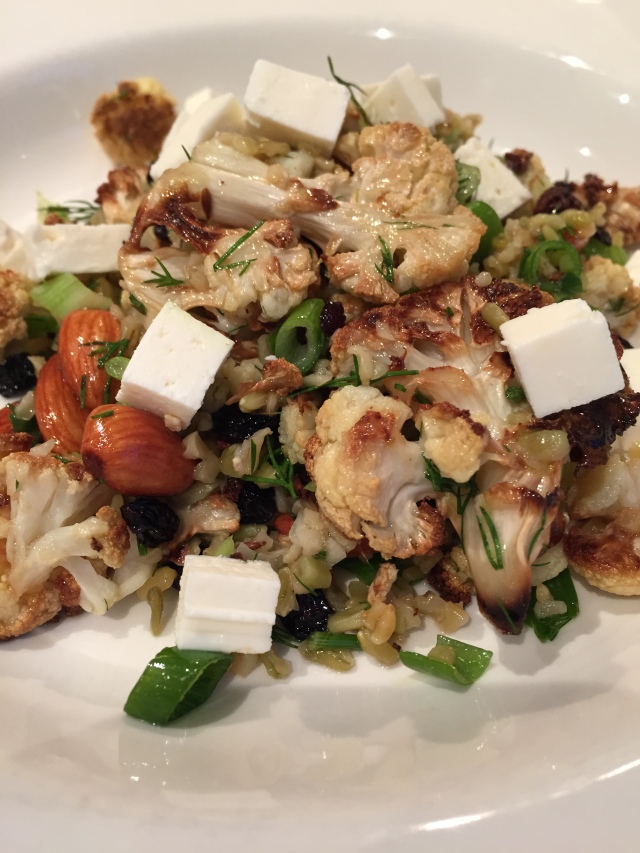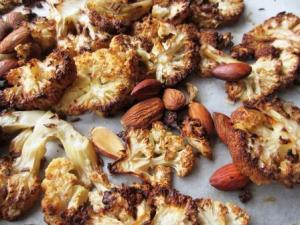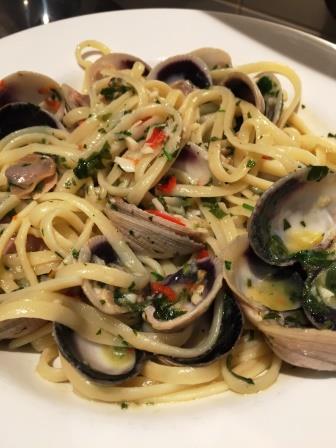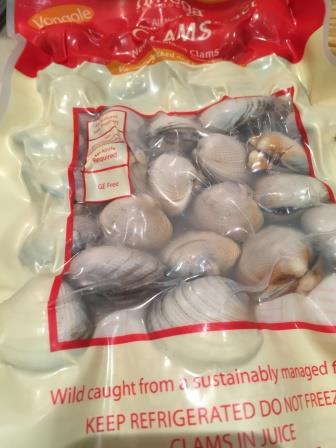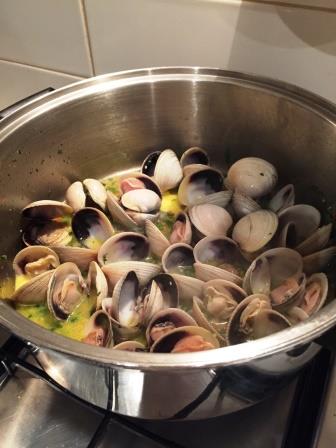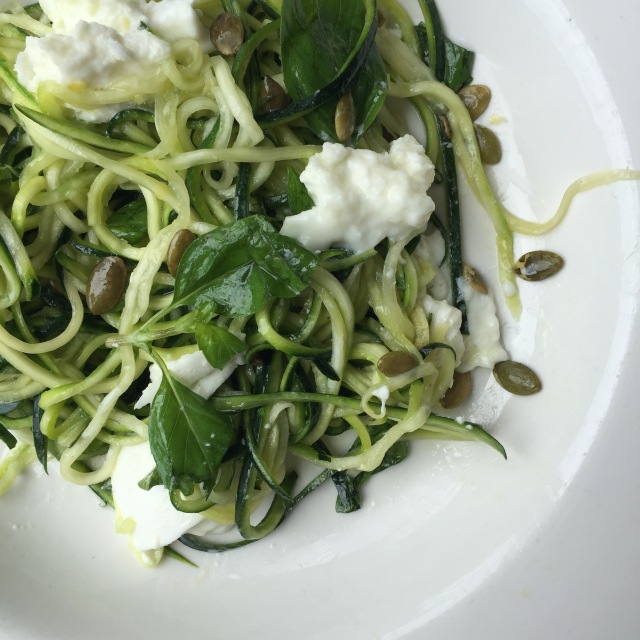
Seems like zucchini aka courgette, is the hottest vegetable since cauliflower right now! Like cauliflower before it (which is used as rice or as a pizza base) zucchini’s status has increased to hot mostly because it is what the Paleo diet devotees use as a spaghetti substitute.
Long gone are the are the days of serving this veg as boiled or steamed slices of watery blandness. Just like the transformation zucchini has when it is char-grilled, raw zucchini is a revelation and is perfectly matched with a dressing containing basil, dill or mint.
In this salad the flavours are married together with lemon and the creaminess of the buffalo mozzarella. I’m slightly obsessed with this salad having it at least once a week as a salad on its own for lunch or a side salad with a BBQ. You could substitute gooey burrata for the mozzarella, or add some chopped roasted hazelnuts or grate over some raw almonds instead of pepitas. Sometimes I add in some sliced cherry tomatoes to the mix.
To make the zucchini strips you can use a spiraliser, or cut into thin slices and then julienne. The easiest way is o use a strip peeler. I got mine from Williams-Sonoma and it is great for carrot and green mango salads too.
INGREDIENTS
2 large zucchini (courgette)
1 generous tsp flaky sea salt
Zest of half small lemon
Squeeze of lemon juice
50ml olive oil
1/2 cup basil leaves, torn
1 buffalo mozzarella ball
1 tblspn pepita (pumpkin) seeds
METHOD
1. Slice the zucchini flesh into strips, stopping when you reach the seedy core. Place strips into a sieve (or colander) and sprinkle with the salt. Use your hands to mix the salt through and leave for around 3 minutes – in which time liquid will release from the zucchini and start to drain out.
2. Meantime place olive oil, grated lemon rind and lemon juice into a bowl and mix to emulsify.
3. Remove the zucchini from sieve. Squeeze the zucchini slightly with your hands to remove excess liquid and then place between absorbent kitchen paper. Press down lightly remove the rest of the moisture. You may need to replace paper and repeat.
4. Place the pickled zucchini in the bowl, stir into the lemon oil mix and leave for a couple of minutes to absorb the flavours. Then taste and add a little more lemon juice if required.
5. Add torn basil leaves and stir gently – I use my hands to do this. Break (not cut) the mozzarella into small pieces and place on two individual plates or a larger platter if serving shared. Shake off the excess dressing in the bowl as you place the zucchini over the mozzarella cheese pieces and mix again gently (with hands) to distribute it through. Sprinkle with pepita.
Serves 2 as a light meal or a side salad. Recipe can be easily doubled to serve 4.

